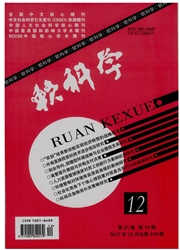

 中文摘要:
中文摘要:
随着研究取向从静态到动态、从个体间到个体内部的转变,工作投入的短期波动开始成为研究主流。针对国内尚未涉及工作投入波动研究的现状,将引入状态性工作投入的概念,并分析其波动的理论和构成来源。介绍了状态性工作投入的测量工具、日记研究和经验取样方法,以及重复测量的多层线性模型。在分析现有工作投入波动理论、相关变量和边界条件的基础上,构建了工作投入的研究框架,总结了工作投入波动的形式。
 英文摘要:
英文摘要:
As research focus is shifting from static to dynamic approach and from between-person dltterence to within-person variation, short-term fluctuation of work engagement has dominated the mainstream of the extant literature. Considering that few studies have tapped work engagement fluctuation in mainland China, we introduced the concept of state work engagement and identified theoretical and compositional sources of its fluctuation. Furthermore, this paper illustrated instrument to assess state work engagement, diary study and experience sampling for data collection, as well as Hierarchical Linear Modeling with repeated measurement for data analysis in fluctuation research. Based on the literature review concerning theories, relates and boundary conditions of the relevant relations, the present paper established research framework of state work engagement and summarized the patterns of its fluctuation.
 同期刊论文项目
同期刊论文项目
 同项目期刊论文
同项目期刊论文
 期刊信息
期刊信息
